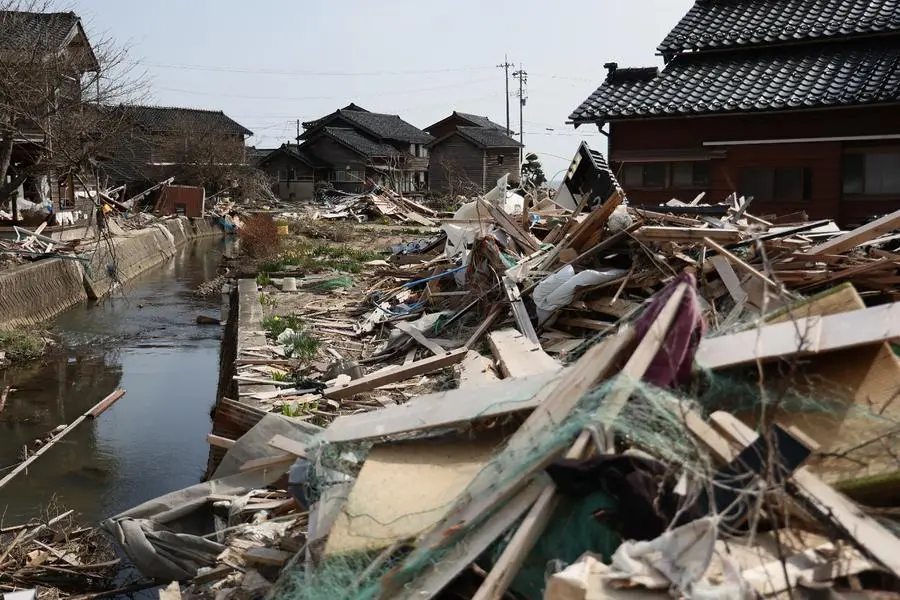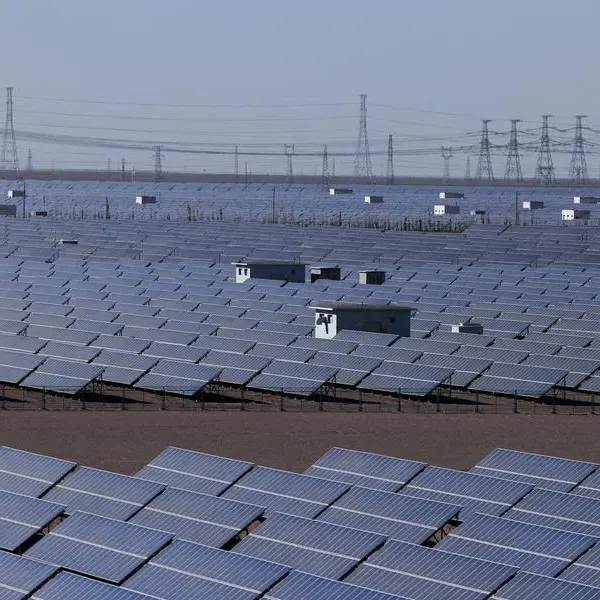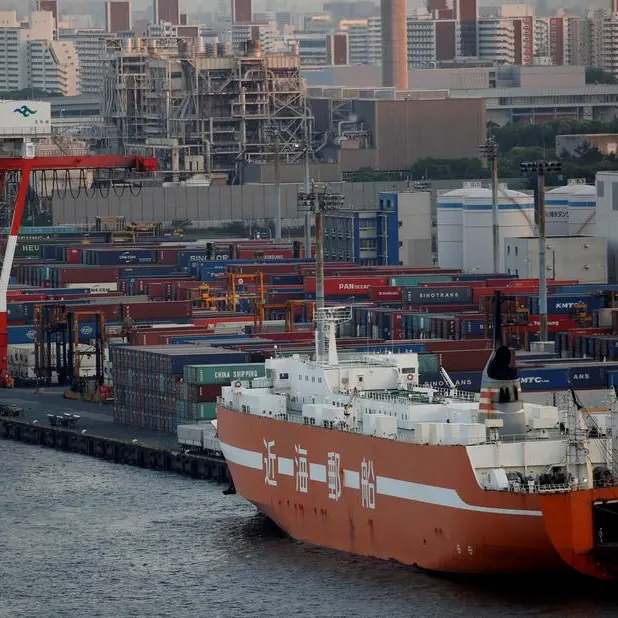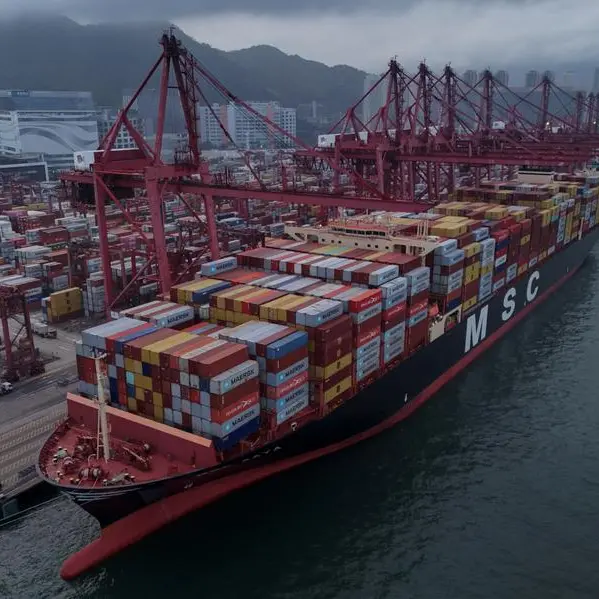PHOTO
This photo shows a general view of the debris and damage in Noto Town, Ishikawa prefecture on March 31, 2024 three months after the New Year's earthquake and tsunami. (Photo by JIJI Press / AFP)
A strong magnitude 5.9 earthquake on Monday shook the area of central Japan that was hit by a devastating jolt in January, the Japan Meteorological Agency (JMA) said, but there was no threat of a tsunami.
Three houses collapsed but there were no reports of deaths or injuries, the Fire and Disaster Management Agency said after the shallow quake struck the Noto Peninsula at 6:31 am (2131 GMT Sunday).
Public broadcaster NHK showed footage of at least one home thrown askew with badly damaged walls and the tiled roof of part of the building having crashed to the ground.
No abnormalities were detected at the Kashiwazaki-Kariwa or Shika nuclear plants in the region on the Sea of Japan coast, Japan's Nuclear Regulation Authority said.
"The area has been seismically active for more than three years, including the magnitude 7.6 earthquake on January 1 this year. That is expected to continue for the foreseeable future, so please continue to exercise caution," the JMA said.
The agency also warned of landslides and falling rocks in the region, especially after rain or further quakes.
Monday's jolt triggered smartphone warning alarms and was followed by several smaller aftershocks.
On New Year's Day, at least 260 people died after a massive earthquake hit the peninsula, including 30 "quake-linked" deaths as well as those killed directly in the disaster.
The January 1 quake and its aftershocks toppled buildings, caused fires and knocked out infrastructure at a time when families were celebrating the new year.
The JMA said Monday's quake was related to the January one, with a similar epicentre and seismic mechanism.
Sitting on top of four major tectonic plates along the western edge of the Pacific "Ring of Fire", Japan is one of the world's most tectonically active countries.
The archipelago, home to around 125 million people, experiences around 1,500 jolts every year and accounts for around 18 percent of the world's earthquakes.
The vast majority are mild, although the damage they cause varies according to their location and the depth below the Earth's surface at which they strike.
Still, even large quakes usually cause little damage thanks to special construction techniques and strict building regulations in the world's number four economy.























